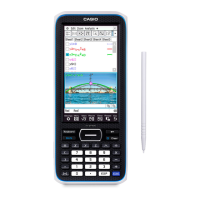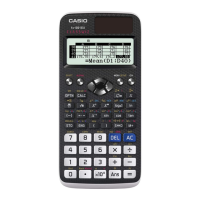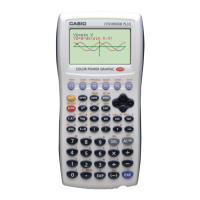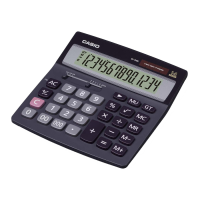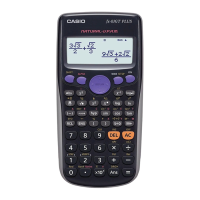20060301
20080201
2-8-43
Using the Action Menu
u
solve
Function: Returns the solution of an equation or inequality.
Syntax: solve (Exp/Eq/Ineq [,variable] [
)
]
• For this syntax, “Ineq” also includes the
⫽
operator.
• “
x
” is the default when you omit “[,variable]”.
solve (Exp/Eq,variable[, value, lower limit, upper limit] [
)
]
• This syntax does not support “Ineq”, but the
⫽
operator is supported.
• “value” is an initially estimated value.
• This command is valid only for equations and
⫽
expressions when “value”
and the items following it are included. In that case, this command returns
an approximate value.
• A true value is returned when you omit “value” and the items following it.
When, however, a true value cannot be obtained, an approximate value is
returned for equations only based on the assumption that value = 0, lower
limit = –
∞
, and upper limit =
∞
.
solve ({Exp-1/Eq-1, ..., Exp-N/Eq-N}, {variable-1, ..., variable-N} [
)
]
• When “Exp” is the fi rst argument, the equation Exp = 0 is presumed.
Example: To solve
ax
+
b
= 0 for
x
Menu Item: [Action][Equation/Inequality][solve]
Example: To solve simultaneous linear equations 3
x
+ 4
y
= 5, 2
x
– 3
y
= –8
Menu Item: [Action][Equation/Inequality][solve]
Note
For the solution, the solve function returns an expression or value for the expression
(Exp/Eq) input as its argument. The message “More solutions may exist” will appear on
the display when a value is returned as the solution, because there may be multiple
solutions.
The solve function can return a maximum of 10 solutions in the case of values.
Example: To solve cos (
x
) = 0.5 for
x
(initial value: 0)
Menu Item: [Action][Equation/Inequality][solve]
(Angle unit setting: Deg)
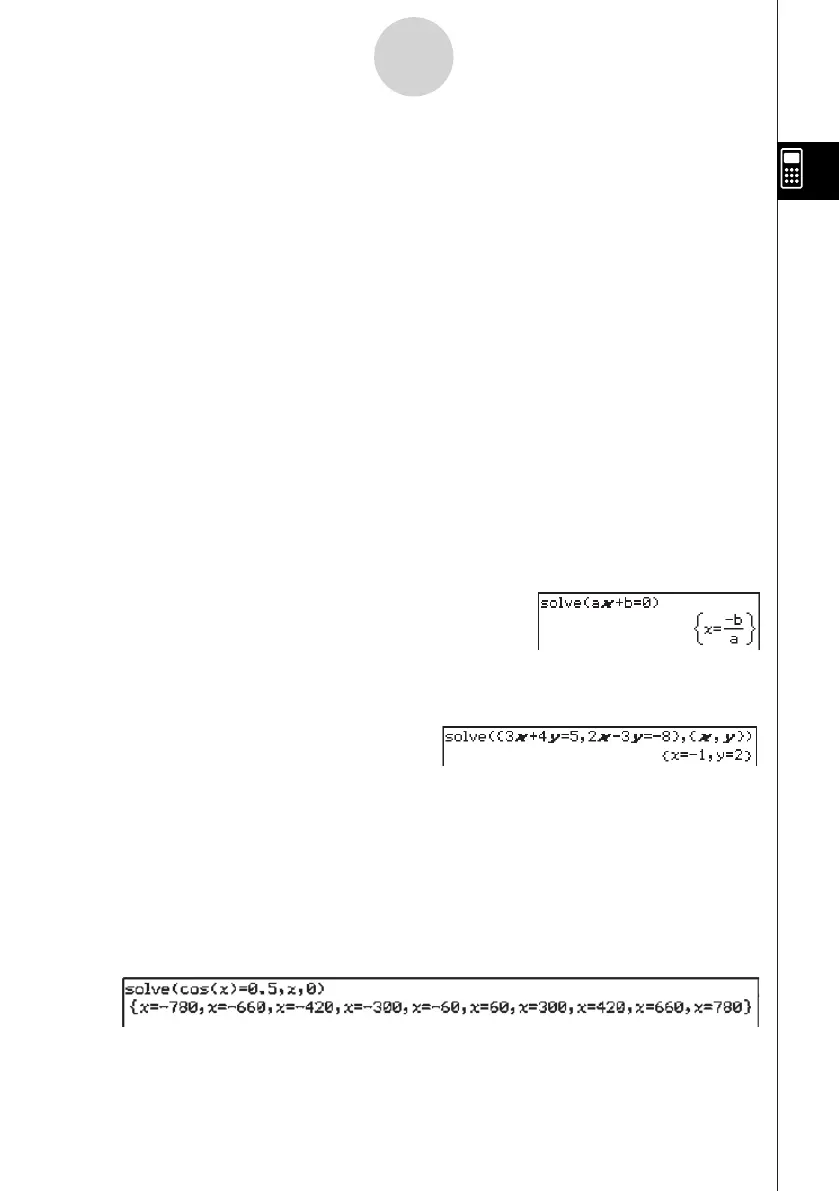